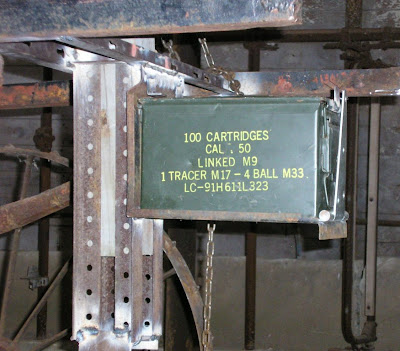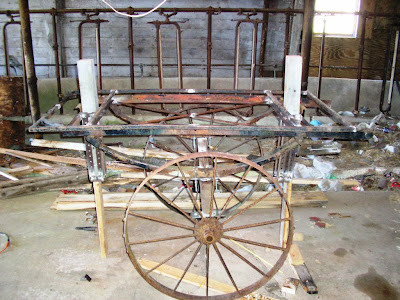I have something to say.
Maybe the heat is making me crazy. Maybe I have seen enough. Most likely some admixture of the two. I would rather be doing something productive, but I am all caught up on blogging what I have done and it is too hot to start anything. Under those conditions, this is what happens. Enjoy. Or not.
With regard to HSBC.
What really got me going today was hearing that Congress will be “grilling” HSBC for ignoring Mexican drug cartels laundering money through it. HSBC says it will apologize. “We are sorry” (we got caught). They also said they would take responsibility. What does that mean? They will just meet with the cartels and do what? My guess is they will end up paying some monetary fine to the US Government representing a small fraction of the profits they made laundering drug money. Maybe some thieving bank CEO will “resign” it’s job and move to some “safe“ place with its(?) millions. Effectively removing its(?) money from our economy. That seems to be the extent of any responsibility taken by bankers since 2007.
HSBC says they will address the “culture” which led to this. However, an institution’s culture is a product of it’s leadership. If there is a cultural problem, it came from the top. How can anyone seriously expect or accept that the problem will fix itself? Which is exactly what HSBC means when it says IT will address the “culture”.
It seems that every week we have to swallow yet another banking scandal. Have these people no conscience or even just style? After destroying the economy with loans they knew could never be repaid, the definition of usury, and getting paid off by the tax-payers for destroying said economy, they continue to find more and more devious ways to satisfy their greed. But their greed is insatiable. Greed equals their “culture”. How can THEY fix their culture having no experience or understanding of anything but the culture they created?
With regard to the Fed.
The Fed says it may lower key interest rates to encourage people to spend more money. That should read…spend more money than they have. Because that is what we need to get the economy going. Apparently those who work at the Fed are so fat and happy that they have forgotten that people’s spending more than they have is the problem. Long-term thinking is beyond the Fed’s pay-grade. To spend money one must first have some. Can the Fed not tell the difference between currency and credit. The Fed wants more debt. But debt is the problem. Even if the money were interest free, it still has to be paid back. Paying back debt does not grow an economy. It is simply paying over time for a past purchase which may have done the economy some small good at the time of purchase. If there is interest involved in that borrowing, only the banker benefits. Anything in moderation. Moderation, however, is a key which no longer turns the locks on bank vault doors.
With regard to the Law of Supply and Demand
Our economy is no longer predicated on the ages old law of supply and demand. Case and point, Wisconsin Public Service Corporation. For years and years we have been told to buy energy efficient appliances and conserve, conserve, conserve. Save energy. Save money (don’t spend as much anyway). So we did. This reduced demand for electricity. According to the law of supply and demand, the price of electricity should also fall. Instead the Public Service Commission votes to raise the price per kilowatt-hour of electricity. In our “economy”, because WPS is required by law to make profits, lower demand now means higher prices. US law is more law than the law of supply and demand is law.
Gandrud Autogroup in Green Bay, because sales were slow, instead of pricing their vehicles lower, thus finding the “clearing“ price, raised profit margins to make more money per car they did sell. That acted to reduce further the number of cars they sold but undoubtedly drove up the per/vehicle profit. I don’t know that it increased net profits. I do know that fewer sales means salespeople, with few exceptions, rarely earn over their $1300/month base salary. Knowing what I do of their Management, I am sure Gandrud views this arrangement as charity. Do salespeople eat? No matter. If one were to starve to death, hire another. They are not human. They can't be. They do not live in mansions with indoor basketball courts.
There, I feel better now. And while writing this the wind switched directions. It is now coming off lake Michigan. The temperature dropped maybe 20 degrees in the matter of an hour. I have stuff to do.
Thank you for stopping. Visit me during the next heat wave if you like this sort of thing.


























